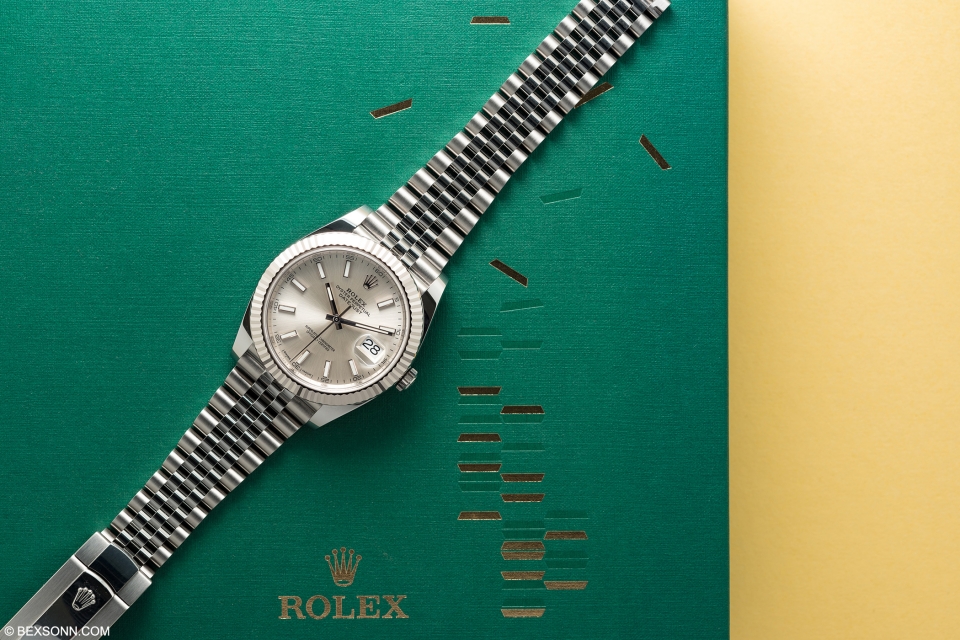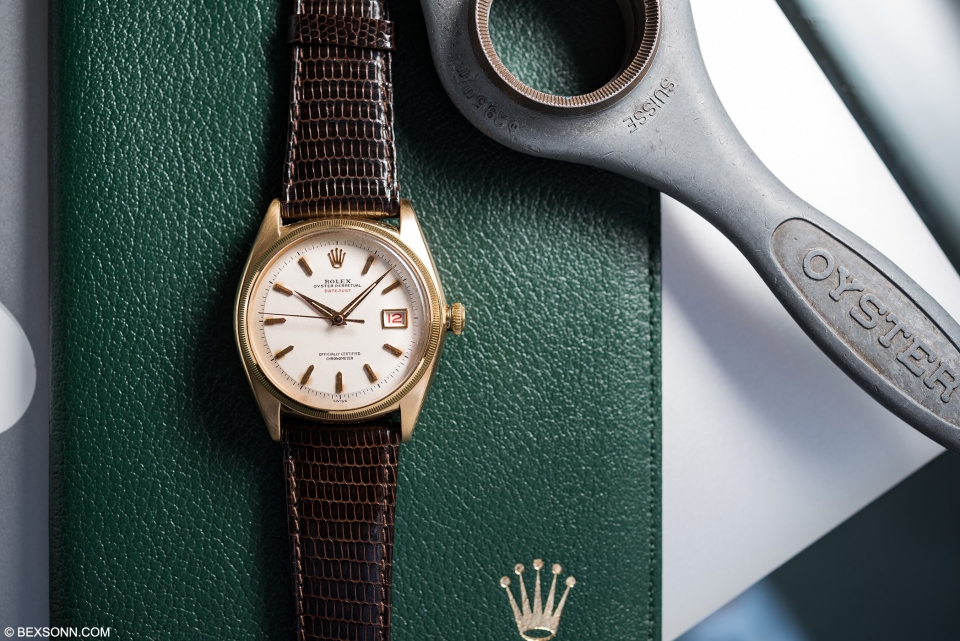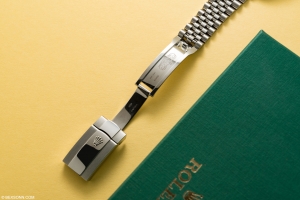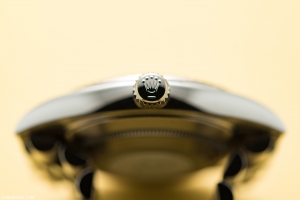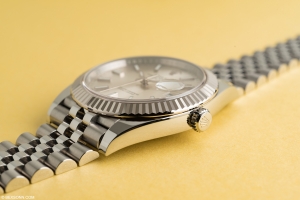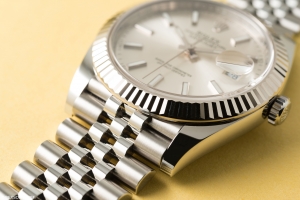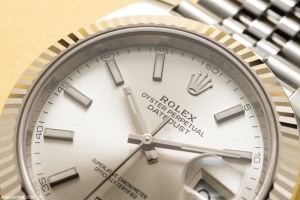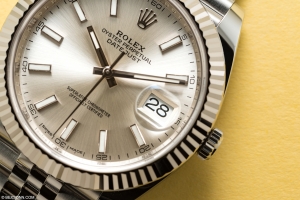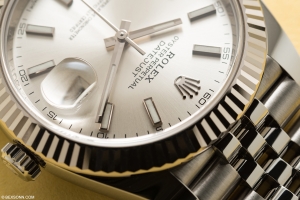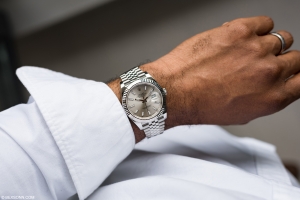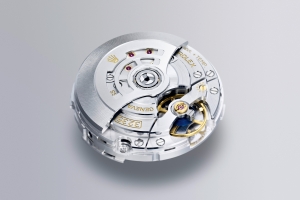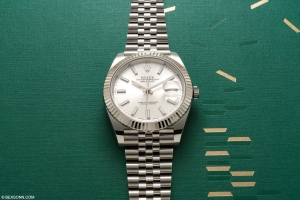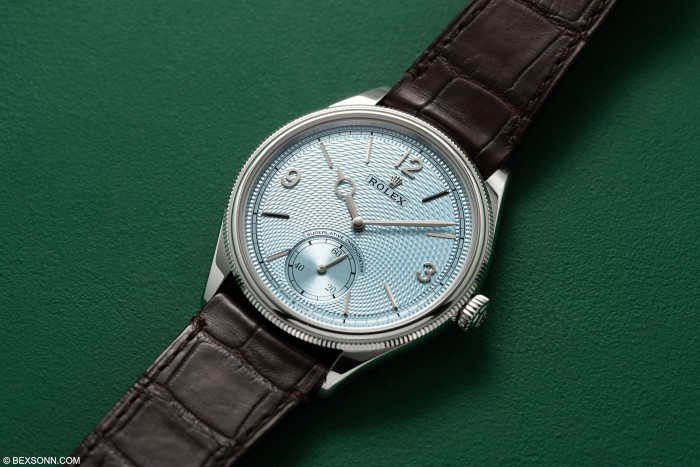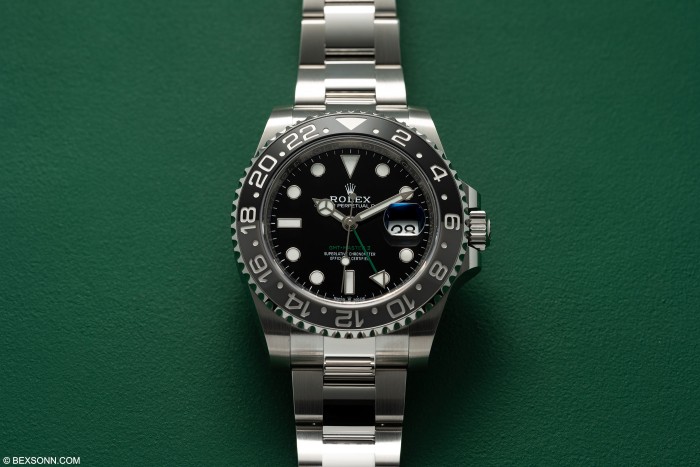The Datejust, a paragon of the gentleman’s perfect wrist companion. It’s simple, constraint yet so versatile – I’d venture as far as to say it is a timepiece that every man should own at least once in their lifetime. There’s something so simple about it, yet so gratifying at the same time, it is pretty much the only watch that man could ever need, yet Rolex continue to evolve the Datejust, making small, minute changes here and there.
Rolex introduced the iconic Datejust to the world back in 1945 – instantly recognised by Rolex as the world’s first self-winding watch to display the date via an aperture. Naturally, overtime Rolex experimented with dials and case sizes to further enhance the Datejust’s perennial beauty and mass appeal. This new Datejust 41 in stainless steel is one timepiece that happened to go under the radar at this year’s Baselworld but we thought it would be worth going hands-on to see what this update is all about.
DATEJUST 41
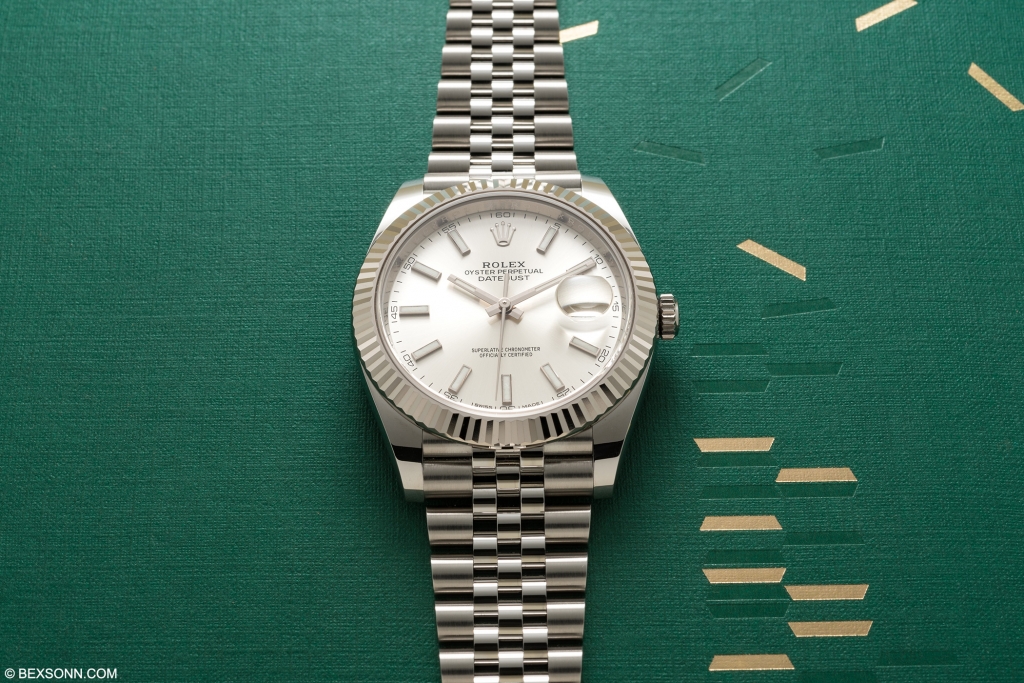 The Datejust’s story begun as mentioned in 1945, when Rolex introduced the reference 4467, to commemorate the manufacturer’s 40th anniversary. It featured a coin-edge bezel and an aperture for the date but this model also showcased a completely new, never seen before, bracelet design named the “Jubille”. Though the Datejust has been rejuvenated several times since its inception, Rolex has always retained the model’s DNA – with a fluted bezel, Jubilee bracelet and clean iconic lines.
The Datejust’s story begun as mentioned in 1945, when Rolex introduced the reference 4467, to commemorate the manufacturer’s 40th anniversary. It featured a coin-edge bezel and an aperture for the date but this model also showcased a completely new, never seen before, bracelet design named the “Jubille”. Though the Datejust has been rejuvenated several times since its inception, Rolex has always retained the model’s DNA – with a fluted bezel, Jubilee bracelet and clean iconic lines.
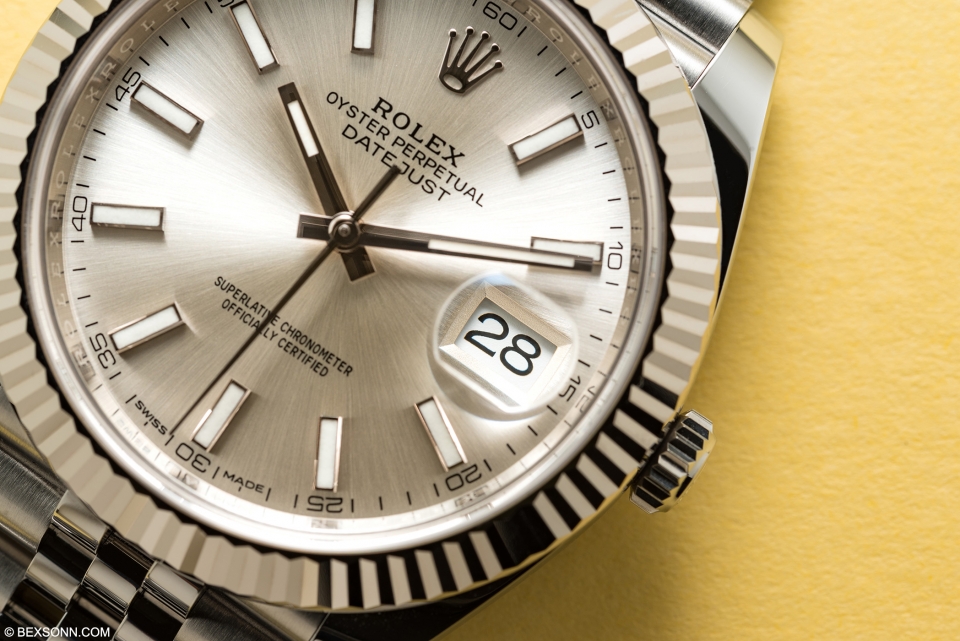 The Datejust 41 we managed to get our hands-on sports a silver sunray dial with a black outer minute scale, with numerals marking every 5-minute interval. This particular dial also features luminous block markers, a nod to the modes of yesteryear. While the use of block markers is in-keeping with the classic Datejust style, there are modern elements that allow it to remain contemporary. Of course, when choosing your Datejust you’ll have a choice of which dial variation you’d prefer. As always, at 12 o’clock is the Rolex coronet and at 3 o’clock is the date window that is bold and easy to read. The hour and minutes hands are classic matchstick styles that are inlaid with luminous material.
The Datejust 41 we managed to get our hands-on sports a silver sunray dial with a black outer minute scale, with numerals marking every 5-minute interval. This particular dial also features luminous block markers, a nod to the modes of yesteryear. While the use of block markers is in-keeping with the classic Datejust style, there are modern elements that allow it to remain contemporary. Of course, when choosing your Datejust you’ll have a choice of which dial variation you’d prefer. As always, at 12 o’clock is the Rolex coronet and at 3 o’clock is the date window that is bold and easy to read. The hour and minutes hands are classic matchstick styles that are inlaid with luminous material.
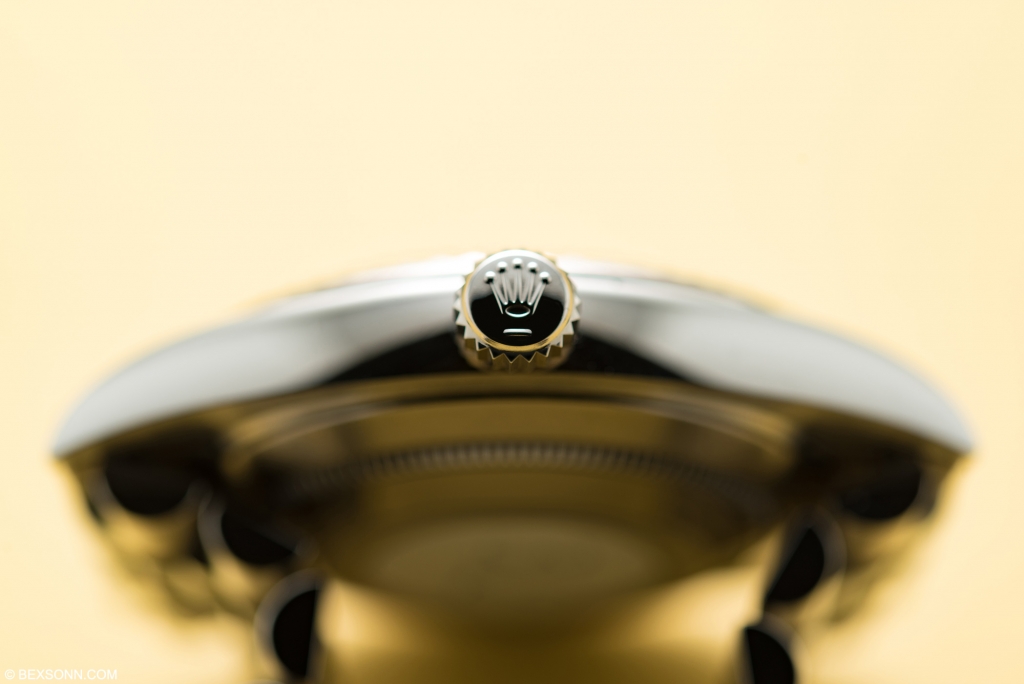 The Oyster case of the new redesigned steel Datejust 41, is guaranteed waterproof to a depth of 100 metres. Its characteristic middle case is crafted from a solid block of 904L steel, lending robustness, proportion and elegance. There is of course the option of having your Datejust fitted with a fluted or smooth bezel. Going with the fluted option will result in Rolex using something they’ve called Rolesor. Rolesor, the combination of gold and steel on a Rolex watch, has been a signature feature of the brand since 1933. Being an Oyster case the DJ41 is fitted with a Twinlock double waterproof system. The crystal, is made of virtually scratch- proof sapphire. Though something not clearly evident is just how svelte the 41mm case is, making it not only comfortable to wear but adding a certain optical illusion making it also appear smaller too.
The Oyster case of the new redesigned steel Datejust 41, is guaranteed waterproof to a depth of 100 metres. Its characteristic middle case is crafted from a solid block of 904L steel, lending robustness, proportion and elegance. There is of course the option of having your Datejust fitted with a fluted or smooth bezel. Going with the fluted option will result in Rolex using something they’ve called Rolesor. Rolesor, the combination of gold and steel on a Rolex watch, has been a signature feature of the brand since 1933. Being an Oyster case the DJ41 is fitted with a Twinlock double waterproof system. The crystal, is made of virtually scratch- proof sapphire. Though something not clearly evident is just how svelte the 41mm case is, making it not only comfortable to wear but adding a certain optical illusion making it also appear smaller too.
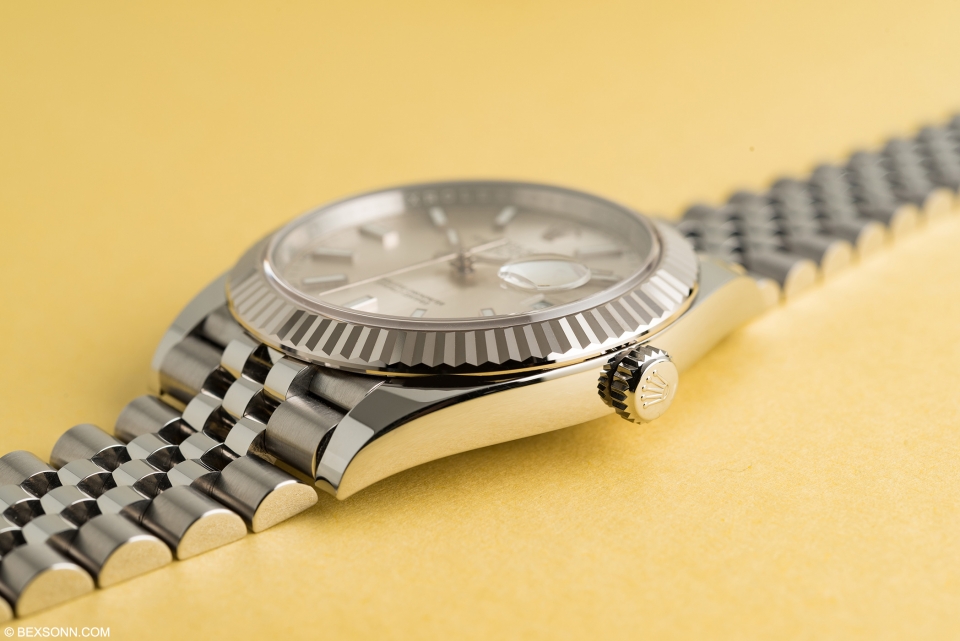 The new Datejust 41 is available on an Oyster or Jubilee bracelet, though the latter adds a little more charm. Both these solid-link, 904L steel bracelets benefit from the new concealed attachment system beneath the bezel. They are equipped with a folding Oysterclasp, which also features the ingenious Rolex-patented Easylink rapid extension system that allows the wearer to easily increase the bracelet length by approximately 5 mm, a feature which comes in rather handy at times.
The new Datejust 41 is available on an Oyster or Jubilee bracelet, though the latter adds a little more charm. Both these solid-link, 904L steel bracelets benefit from the new concealed attachment system beneath the bezel. They are equipped with a folding Oysterclasp, which also features the ingenious Rolex-patented Easylink rapid extension system that allows the wearer to easily increase the bracelet length by approximately 5 mm, a feature which comes in rather handy at times.
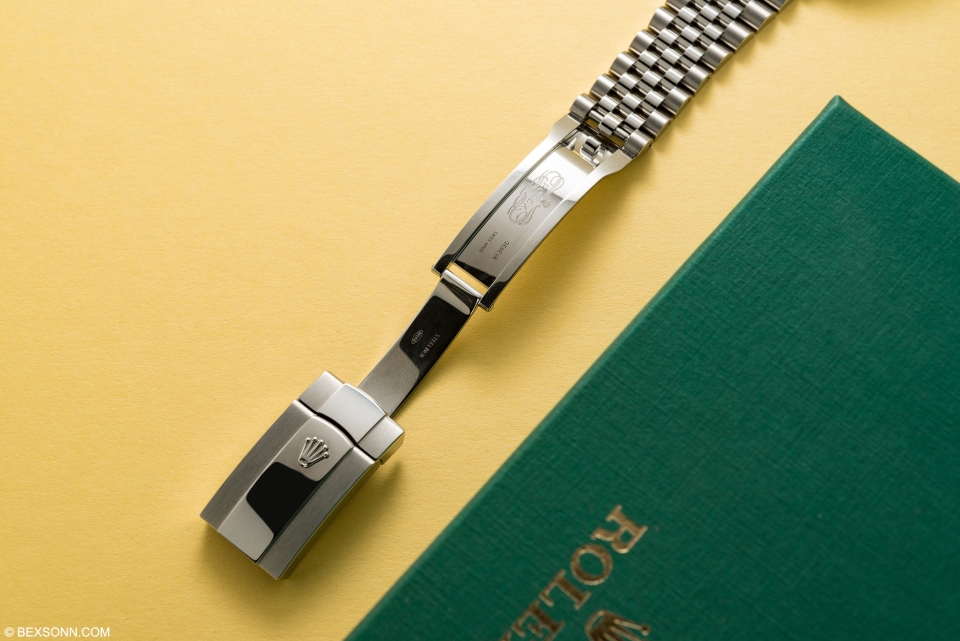 Probably the biggest change that will go unnoticed by many but is most definitely worth mentioning. The Datejust 41 is equipped with calibre 3235, a new-generation movement entirely developed and manufactured by Rolex. This self-winding mechanical movement is at the forefront of the art of watchmaking. A consummate demonstration of Rolex technology, with 14 patents, it offers fundamental gains in terms of precision, power reserve, resistance to shocks and magnetic fields, convenience and reliability. It incorporates the new Chronergy escapement patented by Rolex, which combines high energy efficiency with great dependability. Made of nickel-phosphorus, it is also insensitive to magnetic interference.
Probably the biggest change that will go unnoticed by many but is most definitely worth mentioning. The Datejust 41 is equipped with calibre 3235, a new-generation movement entirely developed and manufactured by Rolex. This self-winding mechanical movement is at the forefront of the art of watchmaking. A consummate demonstration of Rolex technology, with 14 patents, it offers fundamental gains in terms of precision, power reserve, resistance to shocks and magnetic fields, convenience and reliability. It incorporates the new Chronergy escapement patented by Rolex, which combines high energy efficiency with great dependability. Made of nickel-phosphorus, it is also insensitive to magnetic interference.
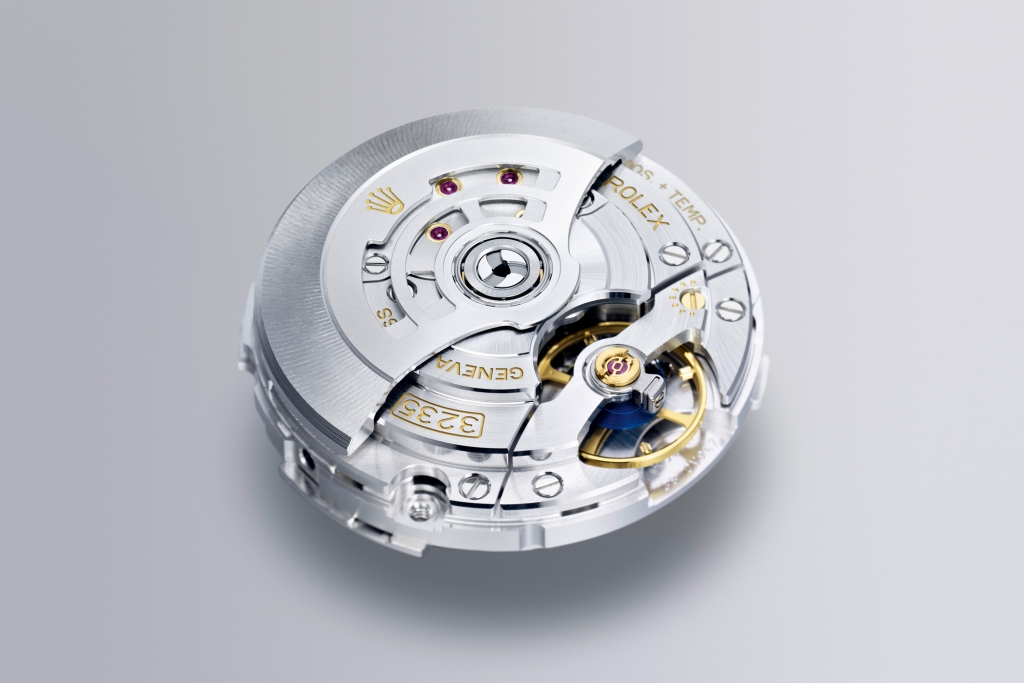 An optimized blue Parachrom hairspring is fitted to the oscillator, the true heart of the watch. Patented and manufactured by Rolex in an exclusive paramagnetic alloy, it is up to 10 times more precise than a traditional hairspring in case of shocks. A Rolex overcoil ensures its regularity in any position. Thanks to its new barrel architecture and the escapement’s superior efficiency, the power reserve of calibre 3235 extends to approximately 70 hours.
An optimized blue Parachrom hairspring is fitted to the oscillator, the true heart of the watch. Patented and manufactured by Rolex in an exclusive paramagnetic alloy, it is up to 10 times more precise than a traditional hairspring in case of shocks. A Rolex overcoil ensures its regularity in any position. Thanks to its new barrel architecture and the escapement’s superior efficiency, the power reserve of calibre 3235 extends to approximately 70 hours.
FINAL THOUGHTS
The new Datejust 41 in steel is interesting, though a change of metal may sound or seem rather inconsequential the effect it has is far more important than you might think. The Datejust is a popular watch but the fact that the 41 variation is now available in steel, makes it far more versatile. Plus, there is the added bonus of a lower price point in comparison to its precious metal counterparts.
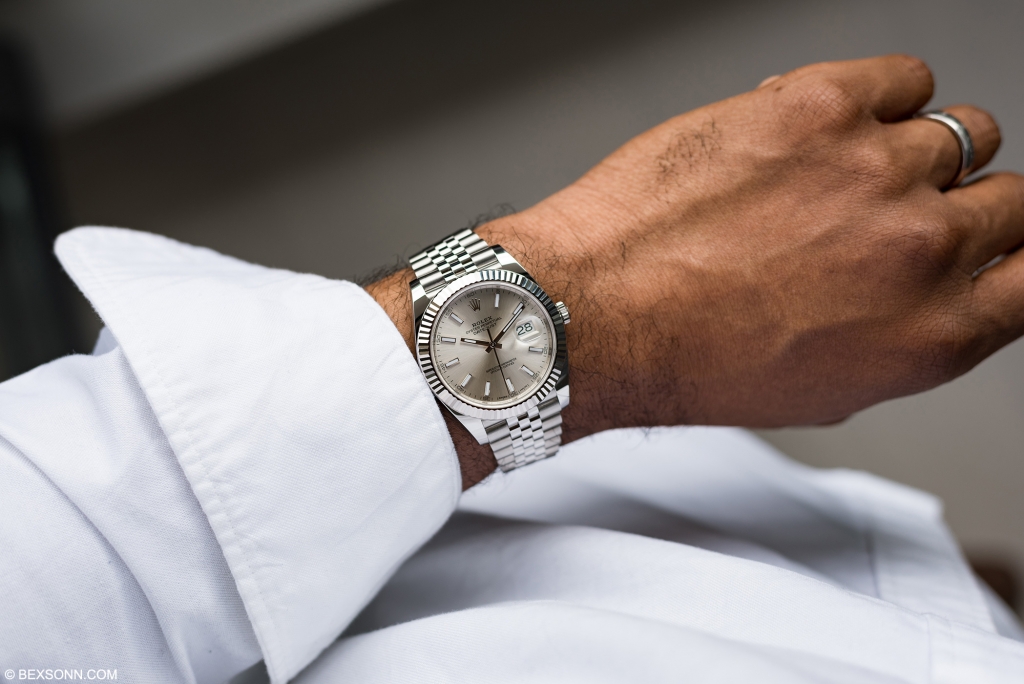 While the 41mm case does make the Datejust 41 more versatile it does detract from the initial purpose, somewhat. The Datejust is revered for being an understated wrist companion and I can definitely confirm this. As an owner and frequent wearer of a 1970s steel DJ, at 36mm it is just perfect. It garners little attention but at the same time still offers plenty of wrist presence and this is coming from a guy with 7-inch plus wrists. While 41mm isn’t overtly huge, it’s not exactly demure either but I think for those who were wishing for a steel DJ a little more wrist presence, this is perfect. But for those of you who want a Datejust that captures the true essence of a Datejust, then get a Datejust – if you get what I mean?
While the 41mm case does make the Datejust 41 more versatile it does detract from the initial purpose, somewhat. The Datejust is revered for being an understated wrist companion and I can definitely confirm this. As an owner and frequent wearer of a 1970s steel DJ, at 36mm it is just perfect. It garners little attention but at the same time still offers plenty of wrist presence and this is coming from a guy with 7-inch plus wrists. While 41mm isn’t overtly huge, it’s not exactly demure either but I think for those who were wishing for a steel DJ a little more wrist presence, this is perfect. But for those of you who want a Datejust that captures the true essence of a Datejust, then get a Datejust – if you get what I mean?
The new stainless steel Datejust 41 is offered at a starting price of £6,900. For more information on the new Datejust 41, visit the official Rolex website.
